Ohio Farm Bureau Podcast: Racing to County Fairs and a Federal Policy Update
Get an update on what to expect at the county fair tracks this year, Plus, find out about legislation that will have a direct impact on farmers.
Read MoreThe Commercial Activity Tax, or CAT, is a privilege tax – a tax levied in exchange for a privilege or license granted to the taxpayer – measured by a taxpayer’s measurable gross receipts generated from business activities in Ohio.
Absent an exemption, individuals and businesses whose taxable gross receipts exceed the annual exclusion amount must pay the CAT. Prior to 2024, the exclusion amount was set at $150,000. Recent updates in the law have increased the exclusion amount as follows:
Over the years, Ohio Farm Bureau advocated extensively to reduce the burden of the CAT on Ohio’s farmers and small businesses. The minimum tax, which many farmers and small businesses were subject to, was eliminated in 2024. This combined with the increasing threshold has nearly eliminated the burden of the CAT on agriculture, relieving many Ohio farmers from the additional tax filing strain.
“Gross receipts” are the total amount realized by a person, without deduction for the cost of goods sold or other expenses incurred, that contributes to the production of gross income of the person, including the fair market value of any property and any services received, and any debt transferred or forgiven. Most business types of receipts from the sale of goods delivered within Ohio or services sourced in Ohio are subject to CAT. Examples of gross receipts not subject to the CAT tax include interest (other than from credit sales), dividends, capital gains, wages reported on a W-2, or gifts. Receipts from assets used in the taxpayer’s trade or business are another example of excluded receipts. Receipts from the sale of livestock used for draft, breeding, dairy, or sporting purposes (not including chickens) are exempt from the CAT. Also, a farmer selling their land together with the crop on that land may exclude these receipts, but crops harvested to be sold on their own are not excludable receipts.
Taxpayers with taxable gross receipts greater than the set exclusion amount for that taxable year must register for CAT with the Ohio Department of Taxation. Starting in 2024, all CAT taxpayers must file for quarterly tax periods beginning on or after January 1, 2024. The CAT is paid online via an online account made by the taxpayer. Taxpayers with an open CAT account must file returns. If a taxpayer does not cancel their CAT account and they fail to file the required returns, they may be subject to delinquency notices. Taxpayers that no longer have taxable gross receipts greater than the exclusion amount can deactivate their account online. Canceled accounts can be reactivated in the event a taxpayer’s taxable gross receipts exceed the exclusion amount. Taxpayers have 30 days to register and pay the CAT once they exceed the exclusion amount.
For more information
This article provides only a brief overview of Ohio’s Commercial Activity Tax obligations for educational purposes only. For more information about the CAT filing obligations, visit the Ohio Department of Taxation’s Commercial Activity Tax webpage.
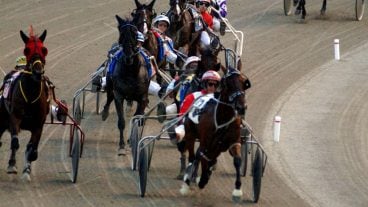
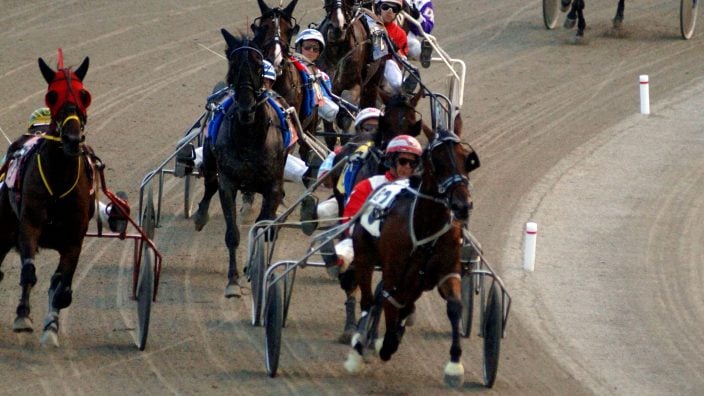
Get an update on what to expect at the county fair tracks this year, Plus, find out about legislation that will have a direct impact on farmers.
Read More

The proposed tax package makes permanent several provisions from the TCJA that were previously set to expire. It also expands upon these provisions to provide additional opportunities.
Read More
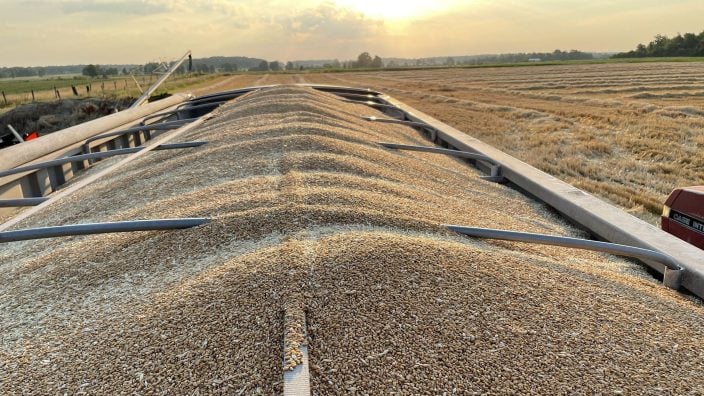
Who must pay the CAT tax? What are taxable gross receipts? How and when are CAT taxes due? This article provides a brief overview of Ohio’s Commercial Activity Tax obligations.
Read More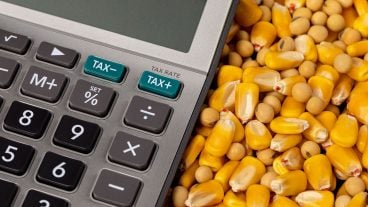
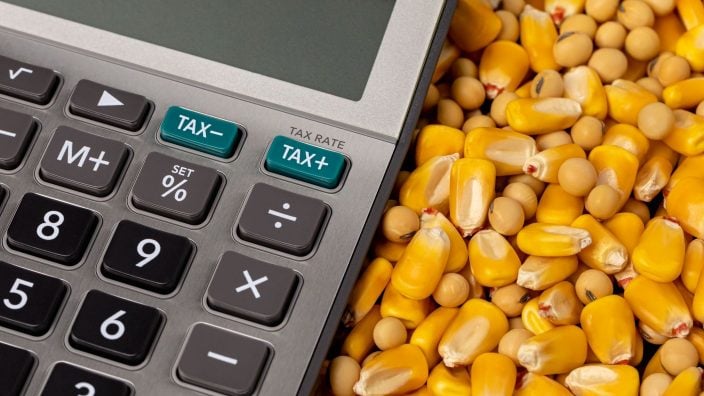


To ensure that your farm and family receive competent guidance, proactive scheduling will be critical in the early part of 2025.
Read More
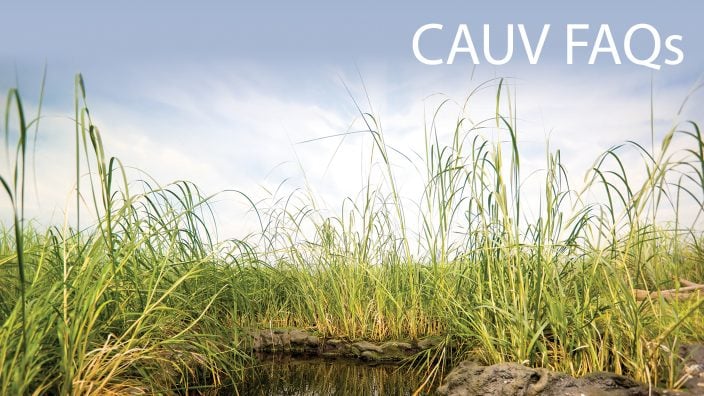
Ohio Farm Bureau is continuing to work multiple channels to address concerns around CAUV – particularly the issue of values spiking significantly.
Read More

Kelly Tennant’s story starts as many others in agriculture do, but her current day job impacts Ohio ag more than most.
Read More

Learn more about eligibility and how to include conservation practices on CAUV enrollment forms.
Read More
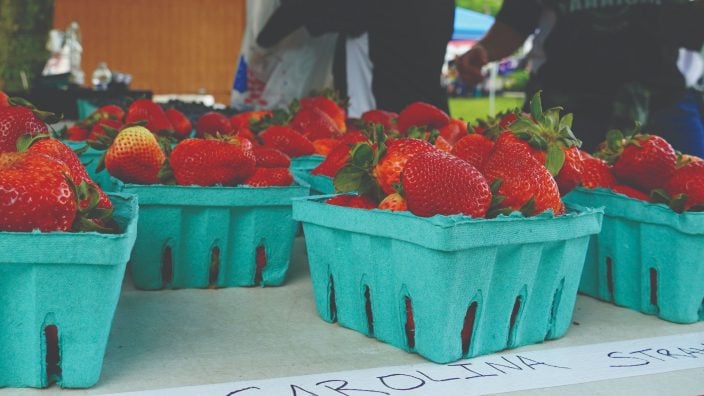
Bob and Polly Givens are on a mission to inform small landowners-homesteaders of the advantages of CAUV.
Read More

Mark DePugh was on the fence about renewing his CAUV enrollment, until he realized the amount of tax savings he would be missing.
Read More